Elves: A Concise History
The pointy-eared, slender figure of the elf is almost ubiquitous in popular fantasy. Nowadays, elves are portrayed as wise, elegant beings, with clear superiority to the humans of the setting. Even when they are evil, they are still elegant, intelligent and clearly superior. But the roots of the mythological creature are much darker.
Ancient Beginnings
The oldest documented elf myths come from pre-Christian Norse mythology, where they came in two types – the light elves and the dark elves. The light elves were small gods of nature, connected to the god Odin, and often benevolent. They also could intermarry with humans and birth children with magical abilities. The dark elves dwelled underground and were ugly and evil. However, these creatures were only mentioned in passing in Norse mythological texts, mostly as ancestors of heroes.
The elves achieved much more prominence in Christian Britain in the middle ages and early modern period. In medieval texts, they were considered to coexist with humans, albeit secretly, and were often responsible for misfortune and illnesses. They might even steal children and leave behind changelings, fairy children, in their place.
They often were thought to have close ties with the devil; Merlin is in some texts a cambion, the offspring of a demon and a human, and in some others the child of an elf. From the early modern period on, elves and fairies appeared in famous ballads such as Tam Lin and The Elfin Knight, as well as other works like Shakespeare’s play A Midsummer Night’s Dream and Edmund Spenser’s epic poem The Faerie Queene.
A Modern Fascination
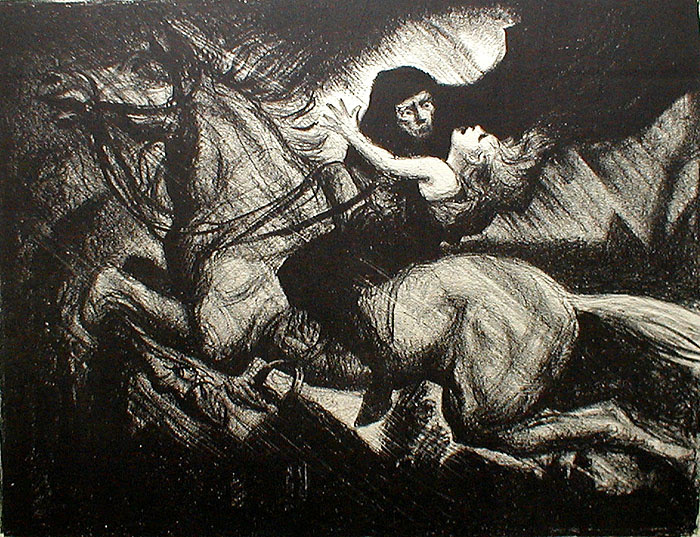
As modernity set on, the romantic movement blossomed and various intellectuals and scholars set out to document pre-modern folklore. A new fascination with elves was born. Goethe’s poem Erlkonig depicts the murder of a young child by the Erlking, a fairy king with distinctly demonic aspects.
The English tradition was more benevolent; they were depicted as diminutive people with stocking caps and wings, too preoccupied with frolicking around in the woods to harm humans.
J.R.R.Tolkien was captivated by the same stories that captured so many imaginations during the Age of Romanticism. Striving to create a folklore for England, he looked to the original light elves of the Norse myths. Tolkien’s elves were wise, beautiful and good, more so than humans. And yet they were undeniably tragic. They are of the past and in the past, their power waning as the men’s waxed, despite their superiority. Perhaps a nod to the Scandinavian dark elves would be Tolkien’s invention of the Orcs, dark mirrors to the Elves and created by their corruption.
The Roots of Fantasy
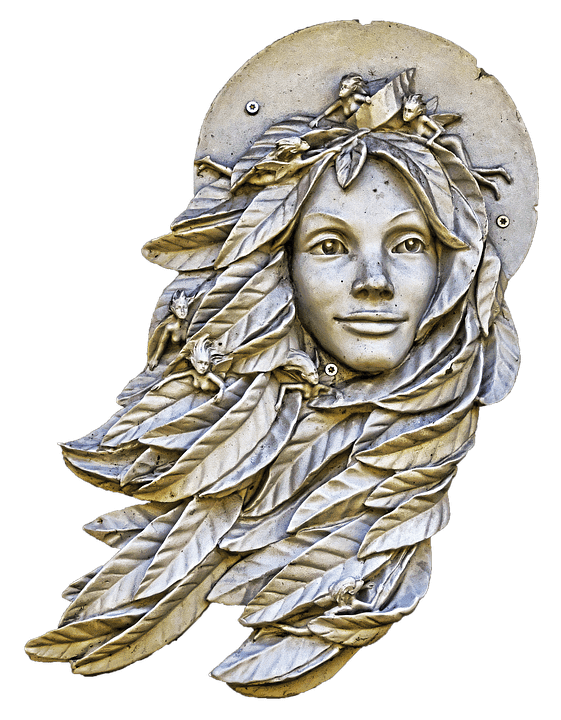 Tolkien was immensely influential to modern fantasy. The famous tabletop game Dungeons and Dragons borrowed his elves, amongst his other creations, and expanded on their history. There are several sub-races of elves in D&D, some good, some evil, some living in the forests and some underground. But they all share the common characteristics of grace, superiority and beauty, as well as a talent for magic or an affinity with nature, that other races lack.
Tolkien was immensely influential to modern fantasy. The famous tabletop game Dungeons and Dragons borrowed his elves, amongst his other creations, and expanded on their history. There are several sub-races of elves in D&D, some good, some evil, some living in the forests and some underground. But they all share the common characteristics of grace, superiority and beauty, as well as a talent for magic or an affinity with nature, that other races lack.
After Tolkien and the explosion of the fantasy genre, countless depictions of elves were featured in books, films and eventually videogames. Some elves are echoes of Tolkien, such as the wise Night Elves and High Elves of the Warcraft games and Christopher Paolini’s vegetarian elves in the Inheritance Cycle. Terry Pratchett parodied folkloric elves in his Discworld novel Lords and Ladies, having the main antagonists be charismatic but sociopathic elves from a barren alternate dimension.
Other creators have decided to go a different path, with elves vastly different to the traditional portrayals. Eoin Colfer’s Artemis Fowl series features subterranean, nocturnal elves who obscure themselves from humans to preserve their highly technologically advanced way of life. In the Dragon Age games, they are a dispossessed, discriminated group either condemned by humans to stay in ghettos called alienages or forced by circumstances to live a nomadic and harsh lifestyle.
Elves are more diverse now than ever. Their legend has evolved through countless retellings and any elf fan can be satisfied with the multiple interpretations of them that exist.
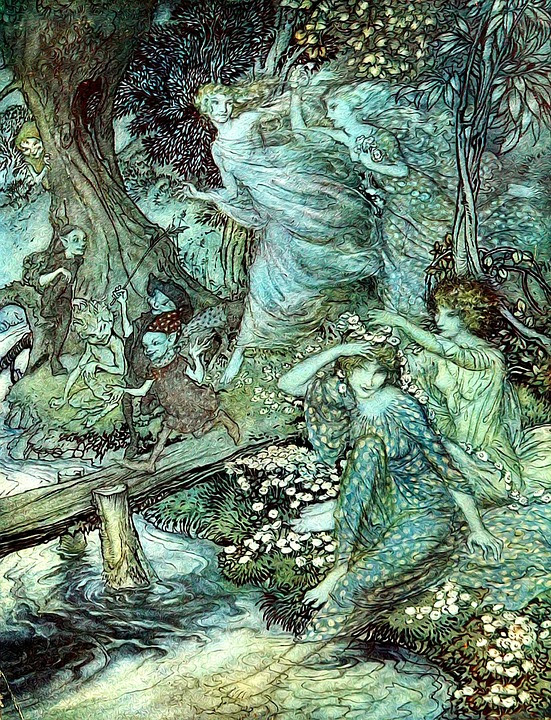
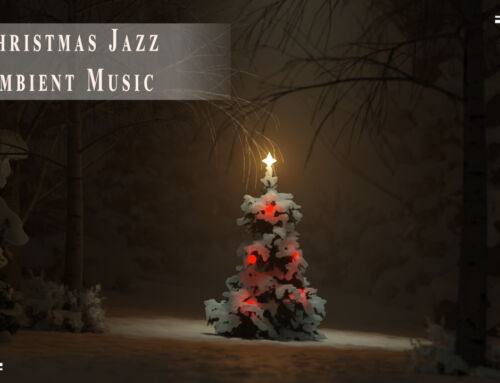



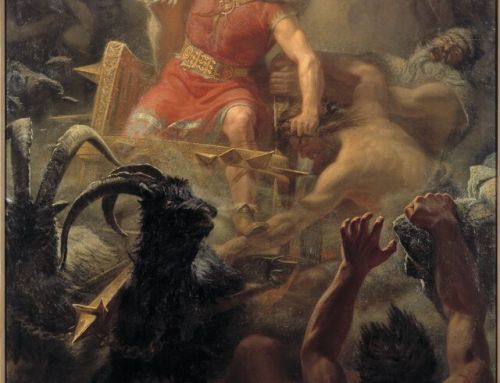
[…] like many characters in literature, including creatures such as Dwarves and Elves, history about supernatural beings is diverse and surprising. This includes Krampus, as according […]